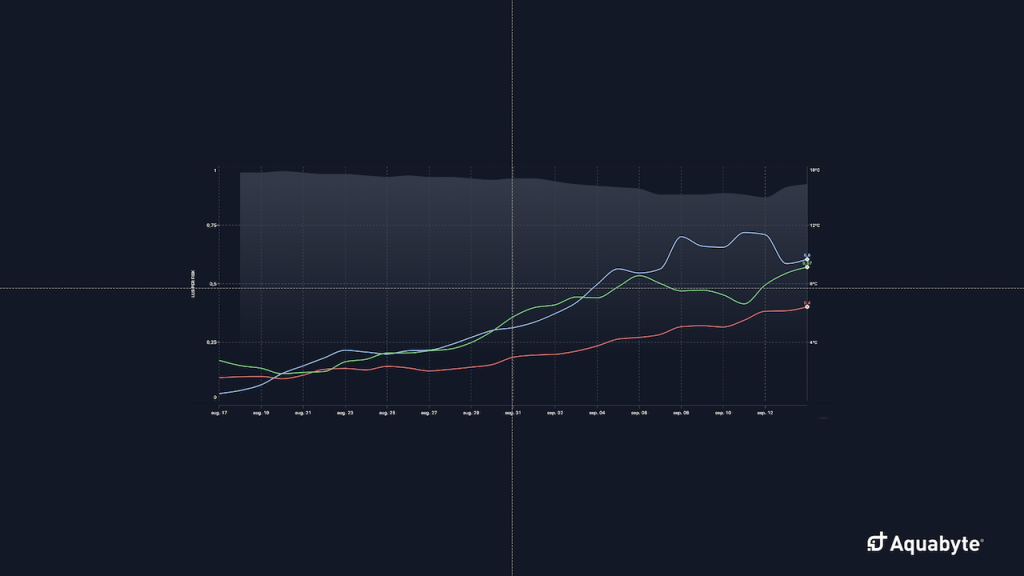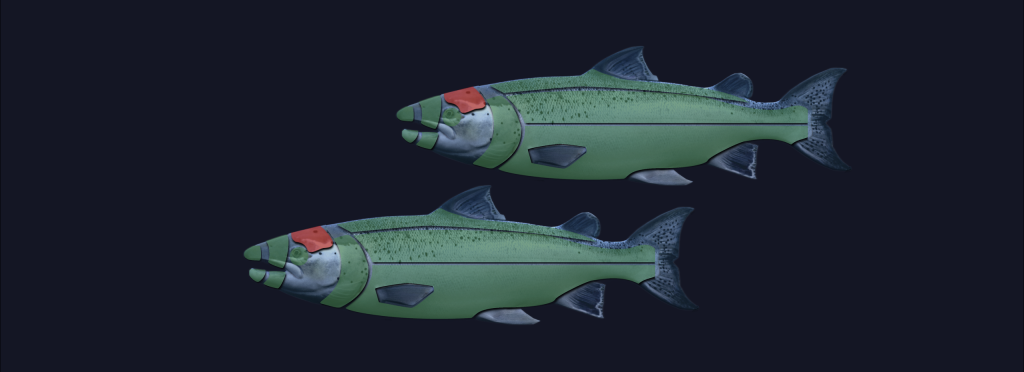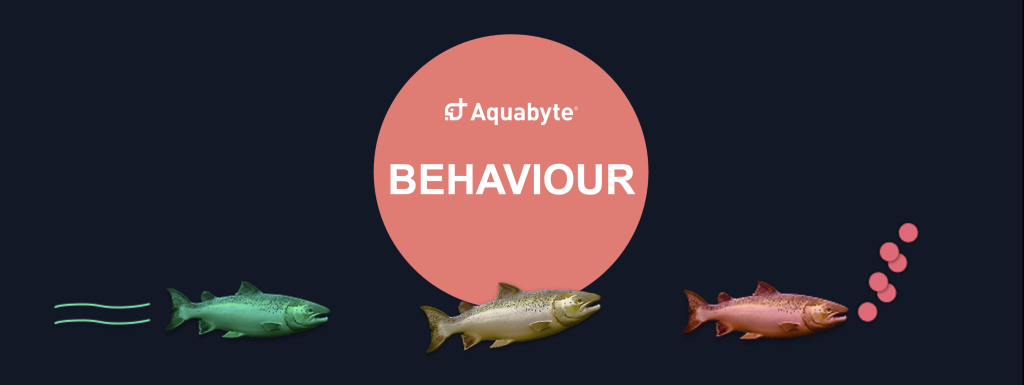With daily automatic lice counts and two-week forecasts, Aquabyte’s system can reduce the number of lice treatments during the production period.
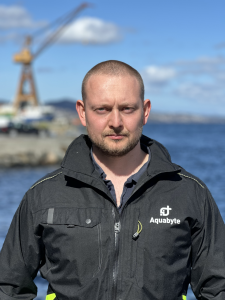
– There is a big difference between manual lice counting once a week and daily automatic updates from the Aquabyte system. In periods like now, where the lice situation changes incredibly fast, it is not good enough to base decisions about expensive treatments on lice data that is five or six days old, says Gunnar Berg, Product & Quality Manager at Aquabyte.
Data-driven lice planning
In addition to daily lice counts, the Aquabyte system also provides lice predictions. In short, the system calculates the expected lice development one and two weeks ahead and indicates the probability that lice counts will exceed the permitted limit during these periods.
– With daily automatic lice counts and two-week lice prediction, fish farmers can reduce uncertainty and optimize their lice treatment strategy. Data-driven planning allows you to choose the right timing, plan capacity, and select the appropriate treatment method for the fish. Better decisions reduce both the number of treatments and their negative impact, says Gunnar Berg.
Trust in data leads to good decisions
Most automatic counting systems provide lice counts without giving users insight into the underlying data. Such closed ‘black box’ technologies can undermine users’ trust in the systems and the lice data they provide.
– Trust in data quality is essential for making good decisions, and in our system, we ensure this through transparency. In the Aquabyte User Portal, both lice images and the algorithm results from all counts are displayed. This is how we build trust with fish farmers, authorities, and scientific communities,” says Gunnar Berg.
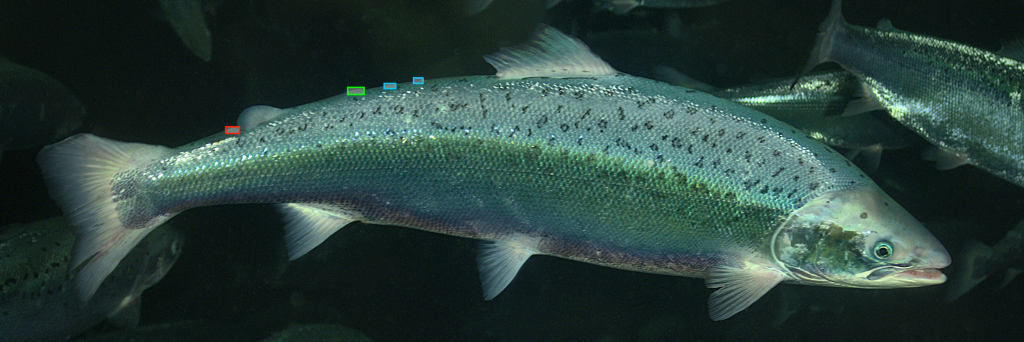
In the Aquabyte User Portal, our users can view the images that form the basis for the daily lice counts provided by the system.
A system that pays for itself
The direct costs of lice treatments are substantial. In addition, there are other economic factors that must be considered when the final calculation is made.
– Lice treatment causes wounds that can lead to winter ulcers, and some fish die as a direct or indirect consequence of the treatment. In addition, there is lost growth. Fish that undergo treatment grow less and more slowly. It can be up to 100 grams per fish per treatment, says Gunnar, and continues:
– Considering all the costs associated with lice treatments, reducing just one treatment can cover the investment in our system. And that’s without including the additional value that the Aquabyte system provides in terms of increased insights into biomass, growth, and welfare.
Feel free to CONTACT US for more information about Aquabyte automatic lice counting.



